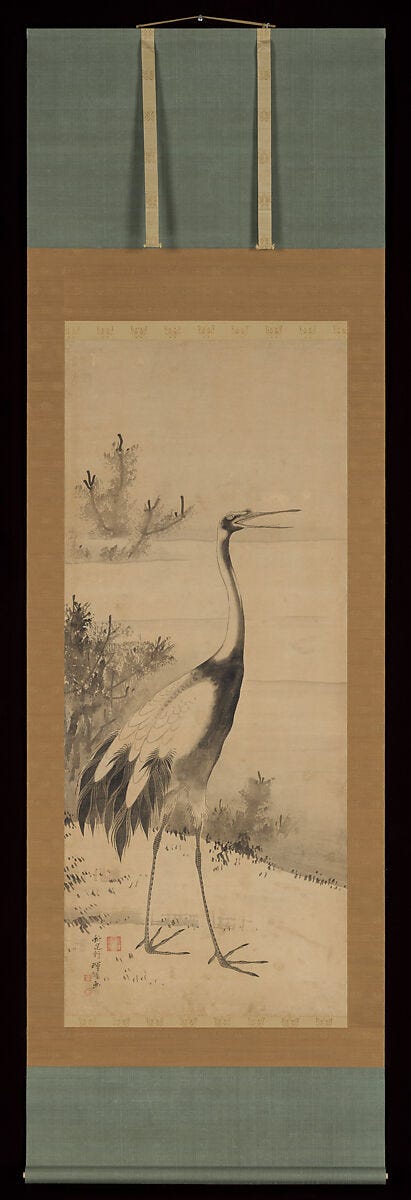Staring at One Picture for Thirty Minutes
I went to the Met and spent thirty minutes staring at a single work of art without breaking eye contact. This is what I saw there.
Adam: You did what?
Adam: I stood in front of a picture at the Met and stared at it for thirty minutes.
Adam: Why exactly?
Adam: If you know the expression, and we do, “It’s better to climb one mountain a thousand times than a thousand mountains.” Instead of walking around the Met past a thousand pictures of beached rowboats and women harvesting, I found a single image and stared at it without breaking eye contact.
Adam: For a thousand minutes?
Adam: Very funny. Thirty.
Adam: Did you go with a picture in mind?
Adam: I didn’t, but I headed to the Asian Wing, my favorite gallery at the Met. I wanted to find a picture that was a combination of image and a shadowy room where I could conduct my experiment in semi-privacy.
Adam: That must have been interesting, you staring at a picture in a trance and having people walking behind you. Was there a guard? I know you embarrass easily.
Adam: Later on there was a guard coming in every few minutes to check on me. I didn’t turn, but I felt him there wonder…
Keep reading with a 7-day free trial
Subscribe to 100 Stories by Adam Nathan to keep reading this post and get 7 days of free access to the full post archives.


